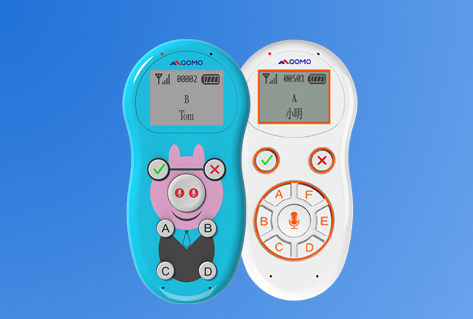In today’s modern classrooms, educators are constantly seeking innovative ways to enhance student engagement and interaction. One technology that has proven to be highly effective in achieving this goal is the audience response system, also known as a clicker response system. This interactive tool allows students to actively participate in classroom discussions, quizzes, and surveys, creating a dynamic and engaging learning environment.
The audience response system consists of a set of handheld devices known as clickers or response pads and a receiver connected to a computer or projector. These clickers are equipped with buttons or keys that students can use to provide real-time responses to questions or prompts posed by the instructor. The responses are instantly transmitted to the receiver, which collects and displays the data in the form of graphs or charts. This immediate feedback allows instructors to gauge students’ understanding, tailor their teaching accordingly, and initiate fruitful discussions based on the data.
One of the major advantages of using an audience response system is the increased participation it encourages. With the clickers in hand, students become more confident in sharing their opinions and ideas, even if they are introverted or shy. This technology provides an equal opportunity for every student to participate, as it eliminates the fear of being judged by peers or the pressure of raising hands in front of the entire class. The anonymous nature of the responses fosters a safe and inclusive learning environment where students feel comfortable expressing themselves.
Moreover, the audience response system promotes active learning and critical thinking skills. Instead of passive listening, students actively engage with the material by responding to questions posed by the instructor. This prompts them to think critically, recall information, analyze concepts, and apply their knowledge in real-time. The immediate feedback obtained from the clicker system allows students to assess their own understanding and identify areas that require further clarification or study.
Instructors also benefit from the audience response system as it allows them to assess and monitor student progress effectively. The data collected from the clickers provides valuable insights into individual and class-wide comprehension levels. By identifying areas of weakness, instructors can adjust their teaching strategies, revisit topics, and address misconceptions promptly. This timely intervention can significantly enhance the overall learning outcomes of the class.
Additionally, the audience response system promotes classroom engagement and interactivity. Instructors can use the clickers to conduct informative quizzes, opinion polls, and surveys that encourage active participation from all students. These interactive sessions stimulate discussion, debate, and peer-to-peer learning. Students can compare and discuss their responses, gaining different perspectives on the topic at hand. This collaborative learning approach fosters critical thinking, teamwork, and a deeper understanding of the subject matter.
In conclusion, the audience response system, with its clicker response system, is a powerful tool that enhances classroom interaction and student engagement. This technology promotes participation, active learning, critical thinking, and provides instructors with valuable insights into student comprehension. By using an audience response system, educators can create vibrant and collaborative learning environments that foster academic growth and success.
Post time: Sep-21-2023




